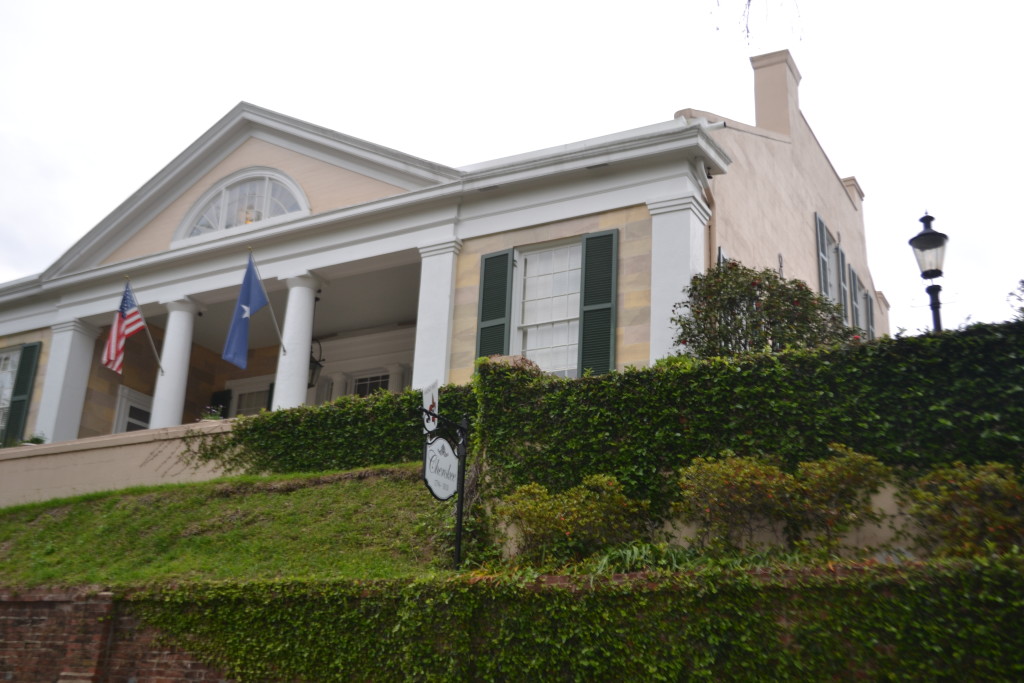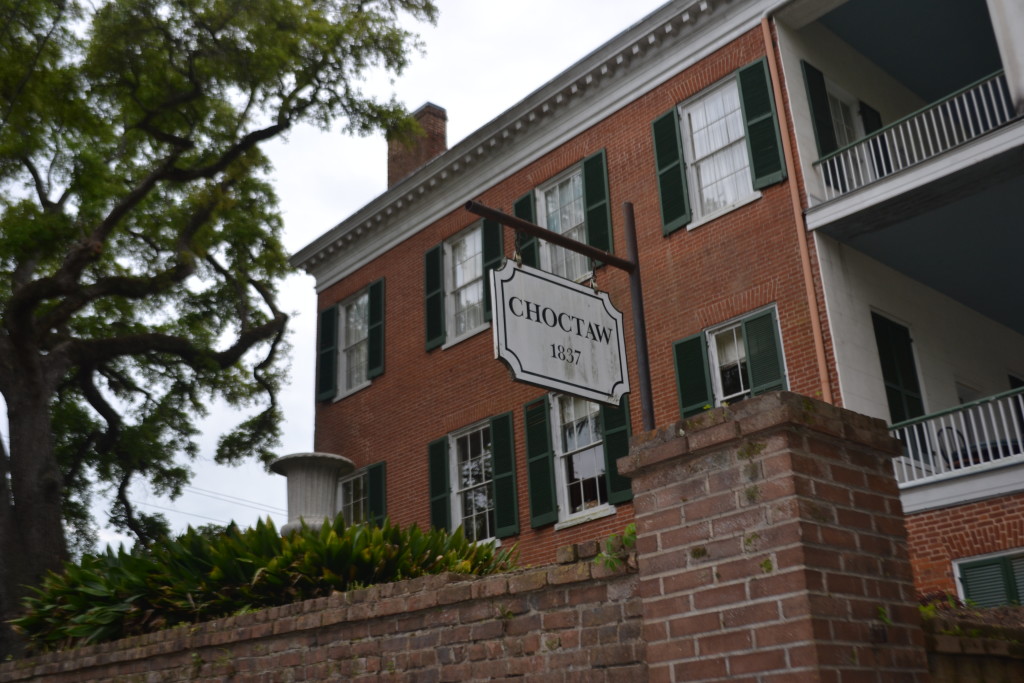Last month, we went to South Louisiana. On the way home, I wanted to explore a bit of Natchez since it has a huge amount of antebellum homes.
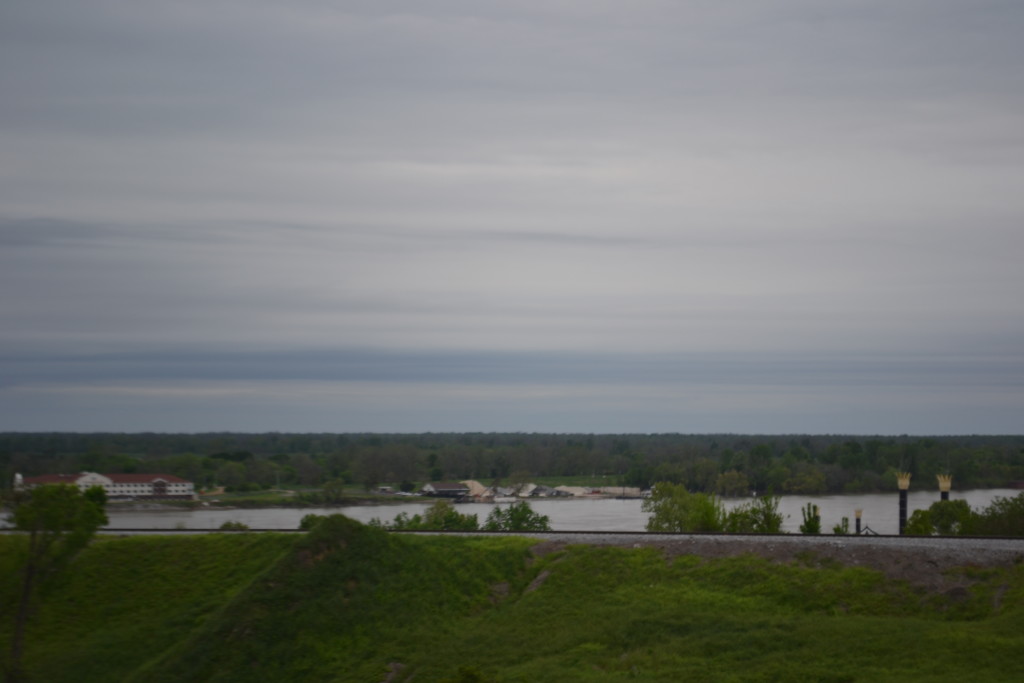

Our time was limited and thankfullly, we found the Natchez Vistors’ Center to get an overview of everything. Although it was filled with informative brochures, the most valuable item was the walking (or driving) tour of the historic downtown area and plantation homes.

Owned and operated since 1938 by the Mississippi Chapter of the Daughters of the American Revolution (DAR), Rosalie Plantation was home to Peter and Eliza Little beginning in 1823. Shortly afterwards, the Littles started the Natchez Children’s Home in their house. After they both died in the mid-1850’s, Mr. and Mrs. Andrew Wilson purchased the property. They too took in orphaned children and deeded it over to one of their charges, Fannie McMurtry. The home remained in Fannie’s family until the last child, Annie Rumble died.
These two houses were on the driving tour, but we didn’t have a chance to explore them.
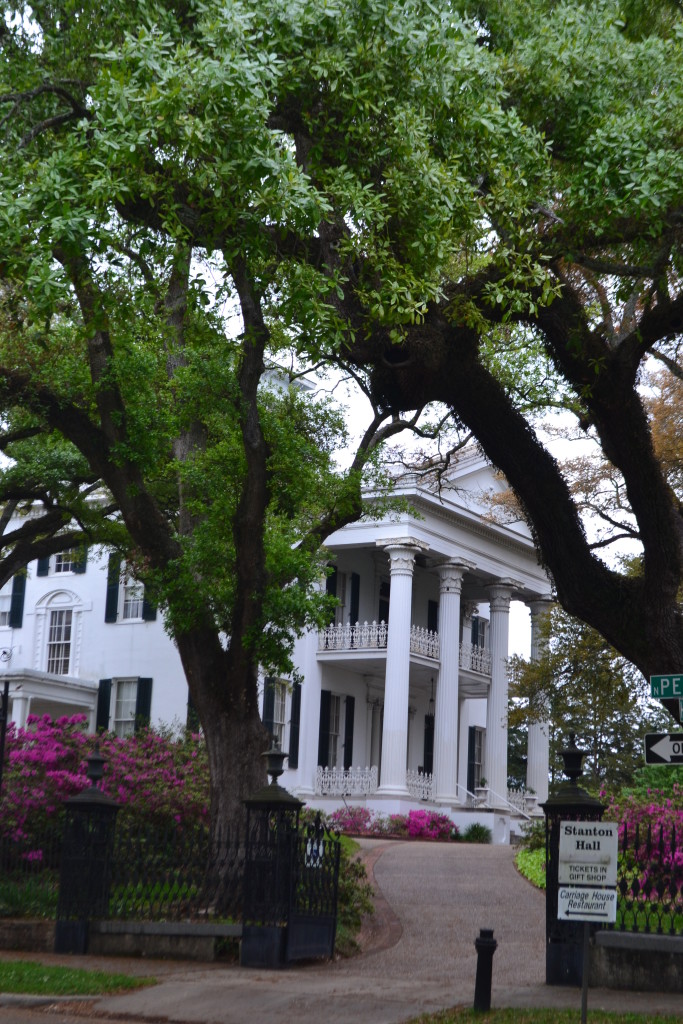
At the northern end of downtown, lies Stanton Hall – built by Irish immigrant and cotton magnate Frederick Stanton at a cost of $83,000 (a fortune back then). Unfortunately, Stanton, who named the house Belfast) died shortly after it was complete in 1859. The Greek Revival mansion housed Union troops in the Civil War and after the family sold it in 1894, it became the Stanton College for Young Ladies. I couldn’t find out how long the college was in existence. However, one of the presidents was Dr. James Rhea Preston, who later became president of Belhaven College in Jackson. The property was purchased and restored in 1938 by the Pilgrimmage Garden Club. Besides offereing daily tours, Stanton Hall is home to the Carriage House Restaurant – famous for its fried chicken and “silver dollar” sized biscuits.
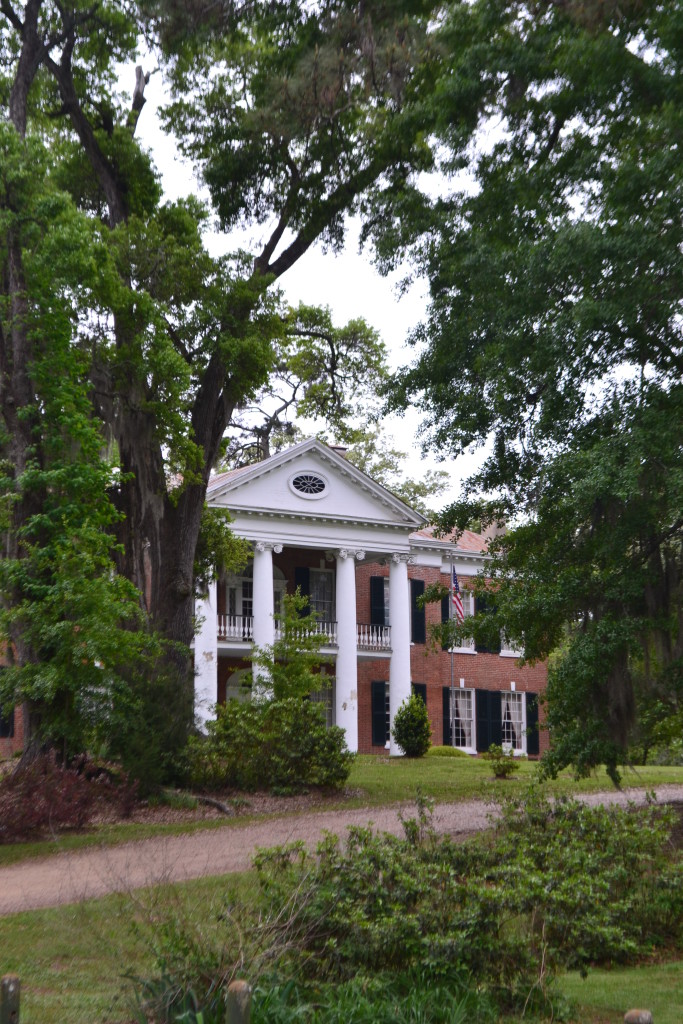
In Duncan Park lies Auburn Plantation, which is said to have influenced the other antebellum houses in the area. No wonder as it was built in 1811 by Levi Weeks for Lyman Harding. Although a transplant from Boston, Harding became the first Attorney General for Mississippi. After his death in 1820, Dr. Steven Duncan purchased it and later added the two symmetrical wings. His descendents resided there until 1911. Although donated to the city of Natchez, the house remained vacant until a group of volunteers banded together in the early 1970’s. Today, visitors can see the restored interior including the impressive non-supported spiral staircase.
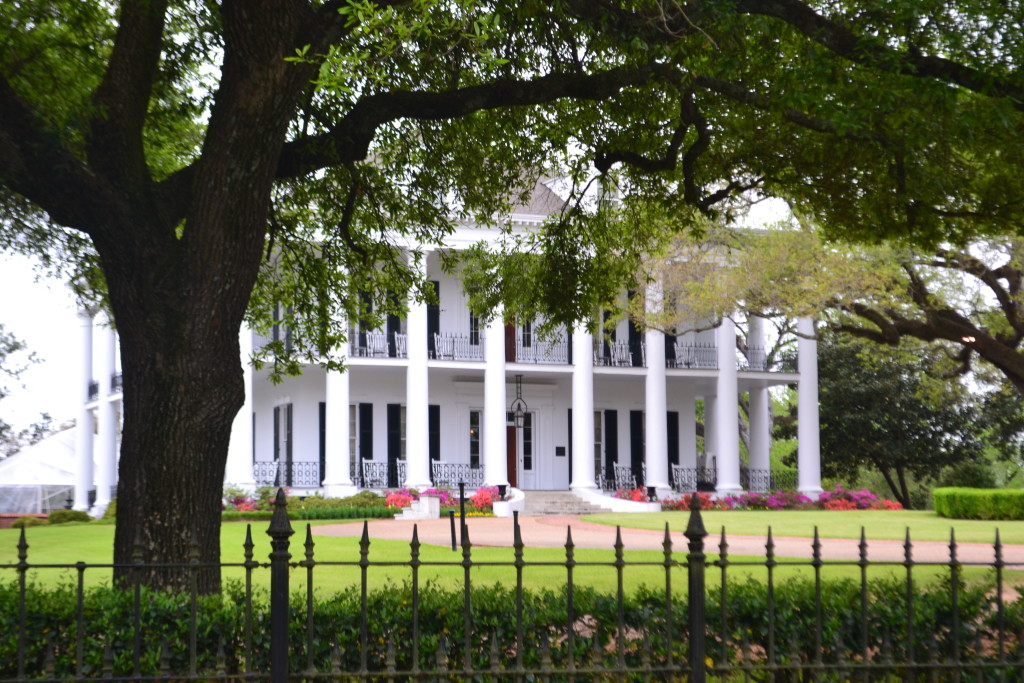
Since I’m related through marriage to some Dahlgren descendants, I’ve always heard about Dunleith. The original home was called Routhland. When Mary Rough, the original owner’s daughter was widowed, she married Charles Dahlgren. They lived there until a fire destroyed the house. The “new” house was constructed in 1856. After Mary Dahlgren’s death a few years later, it was sold to Alfred Vidal Davis, who renamed it Dunleith. The plantation went through several other changes in ownership and became a bed and breakfast. In 1999, the home was restored when Michael and Joy Worley purchased the 40 acre property. There are eight bedrooms offered in the 9,500 square foot main house. Other bedrooms are located around the courtyard and barn. Additionally, the Castle Restaurant serves breakfast, lunch and dinner in the original carriage house.
I plan to come back to Natchez to really explore more of this river town. For more information, see the website www.visitnatchez.org.
